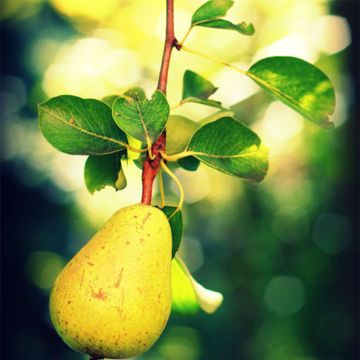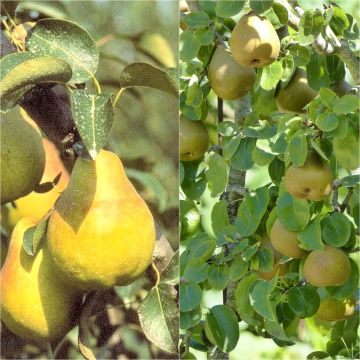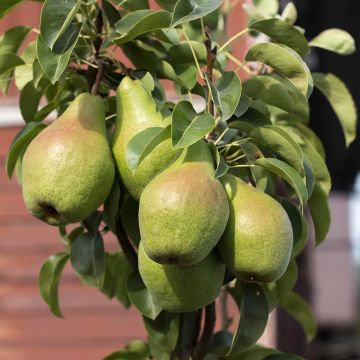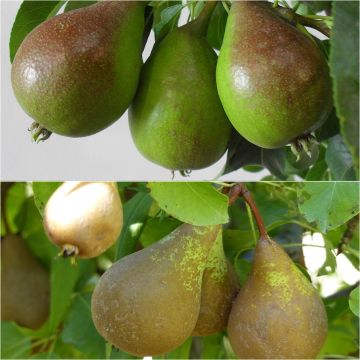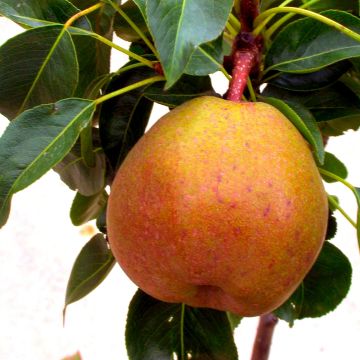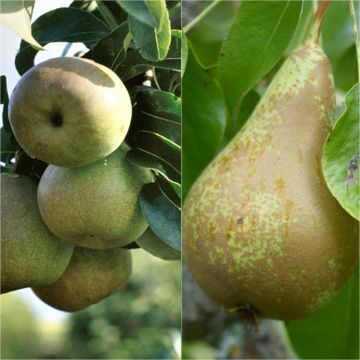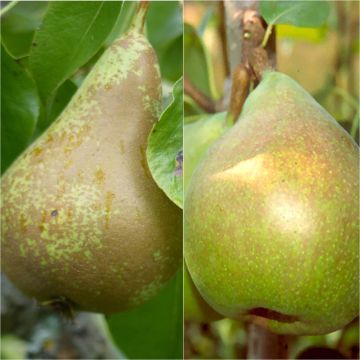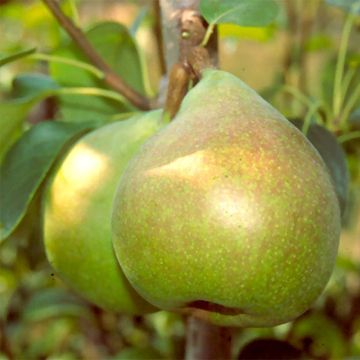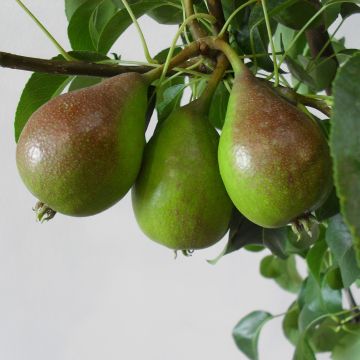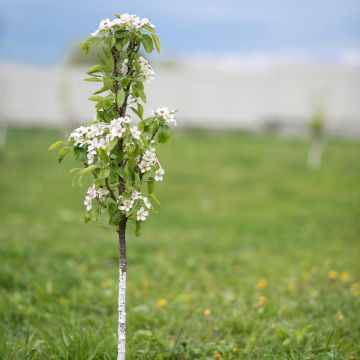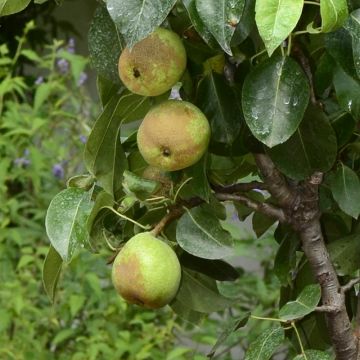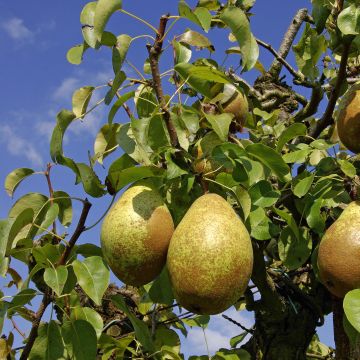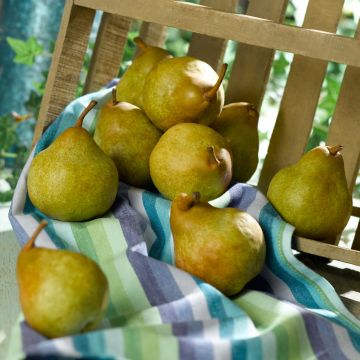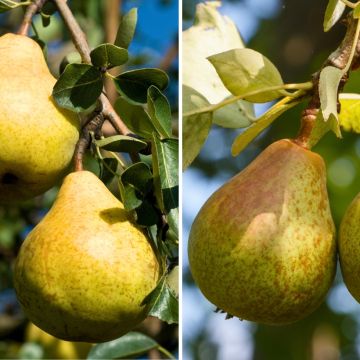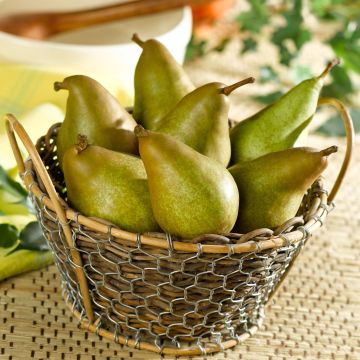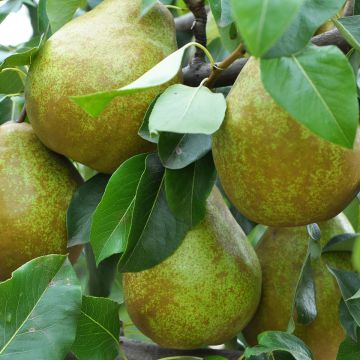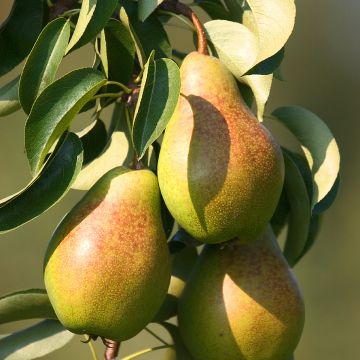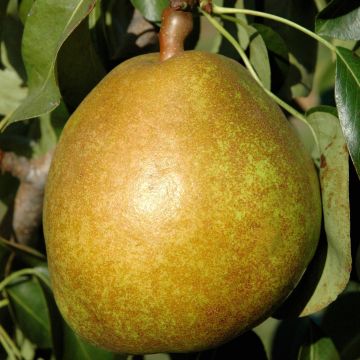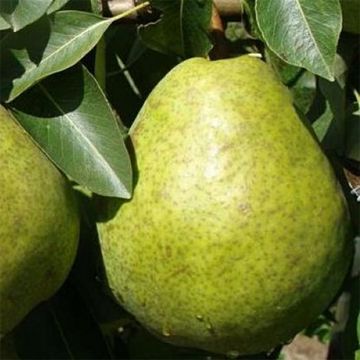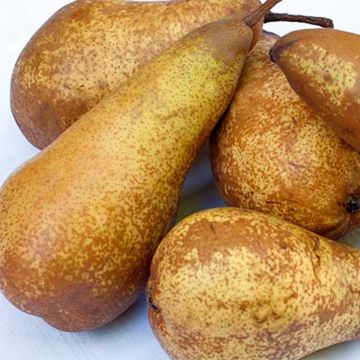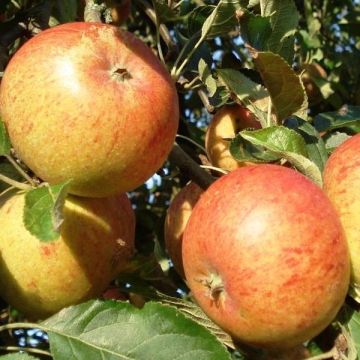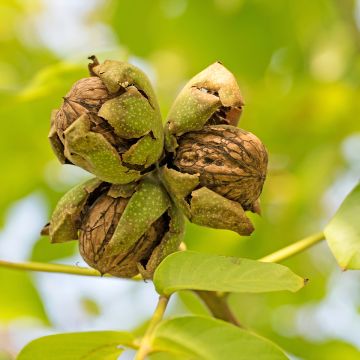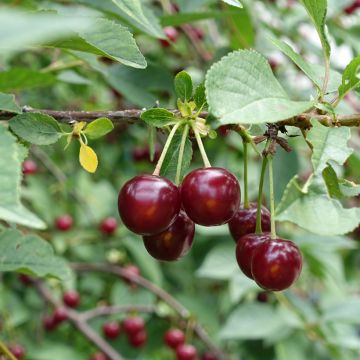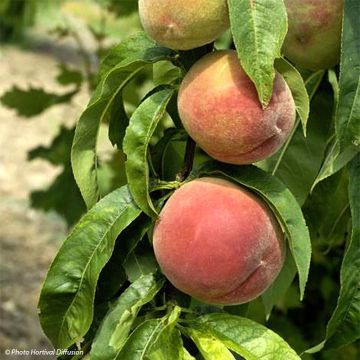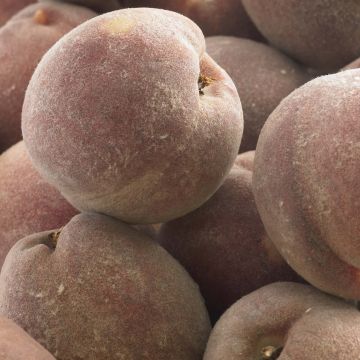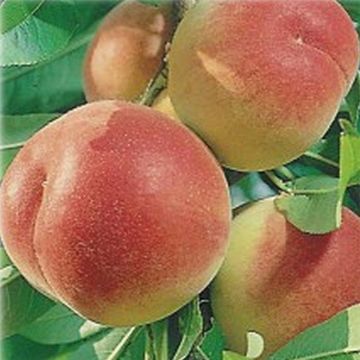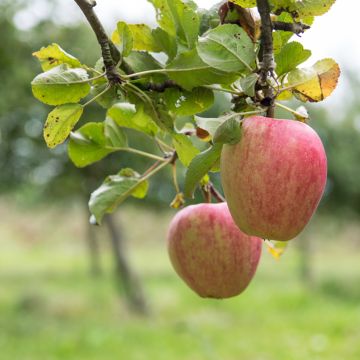Shipping country and language
Your country of residence may be:
Your country of residence is:
For a better user experience on our website, you can select:
Your shipping country:
Andorra
Austria
Belgium
Bulgaria
Canada
Chile
Croatia
Cyprus
Czechia
Denmark
Estonia
Finland
France
Germany
Greece
Hungary
Iceland
Ireland
Italy
Latvia
Lithuania
Luxembourg
Malta
Monaco
Netherlands
Poland
Portugal
Romania
Slovakia
Slovenia
Spain
Sweden
Switzerland
United Kingdom
We only deliver seed and bulb products to your country. If you add other products to your basket, they cannot be shipped.
Language:
French
German
Spanish
English
My Account
Hello
My wish lists
Plantfit
Log in / Register
Existing customer?
New customer?
Create an account to track your orders, access our customer service and, if you wish, make the most of our upcoming offers.
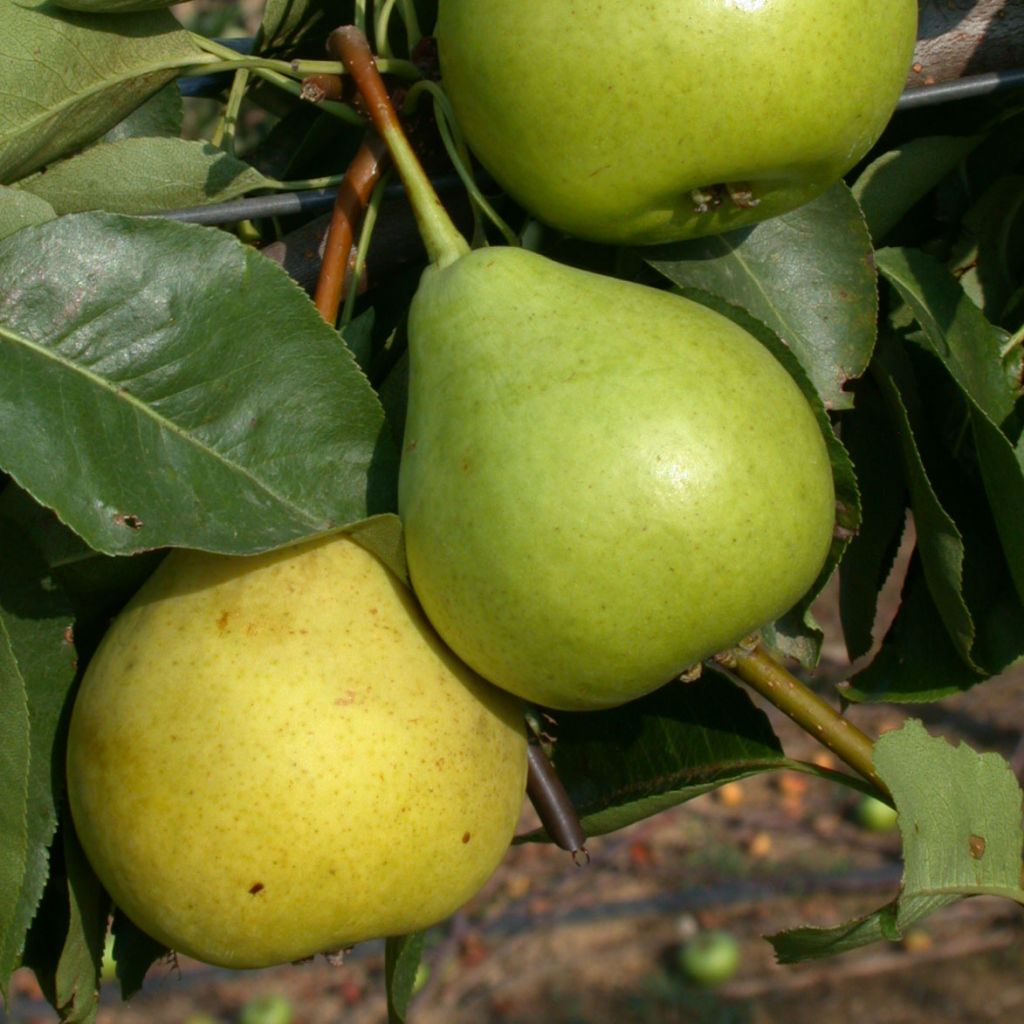

Pyrus communis St Jean - Pear Tree
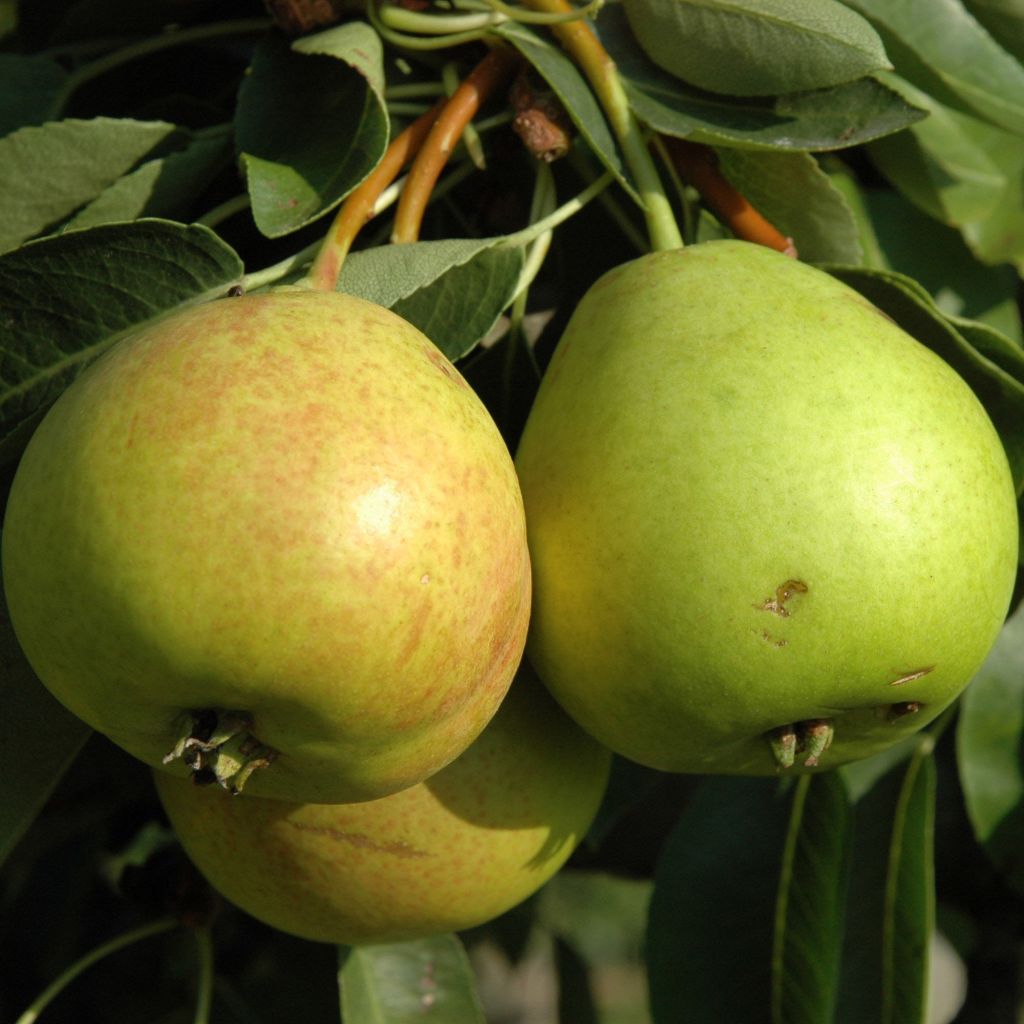

Pyrus communis St Jean - Pear Tree
Pyrus communis St Jean - Pear Tree
Pyrus communis St Jean
European Pear, Common Pear
Je m'étonne de lire que le poirier de St Jean n'est pas autofertile, car le mien, bien qu'étant seul, produit de nombreuses petites poires délicieuses, très convoitées par les oiseaux. Je précise qu'il ne subit aucun traitement, ce qui est très avantageux.
Paola, 21/11/2020
Why not try an alternative variety in stock?
View all →Order in the next for dispatch today!
Dispatch by letter from €3.90.
Delivery charge from €5.90 Oversize package delivery charge from €6.90.
More information
This item is not available in your country.
Schedule delivery date,
and select date in basket
This plant carries a 6 months recovery warranty
More information
We guarantee the quality of our plants for a full growing cycle, and will replace at our expense any plant that fails to recover under normal climatic and planting conditions.
Oversize package: home delivery by special carrier from €6.90 per order..
Express home delivery from €8.90.
Oversize package: home delivery by special carrier from €6.90 per order..
Express home delivery from €8.90.

Description
The St Jean Pear Tree is a variety of medium vigour and productive. It produces fruits of about 6.5 cm (3in) in diameter, pear-shaped, obtuse and ventral, well regular, with a long peduncle. Their skin is light yellow, dotted with russet points and tinted pale pink when ripe. Their white flesh is semi-fine, juicy, sweet, with a slightly pronounced musky scent, very pleasant. The harvest is early, from mid-June to July. Its pears do not keep well. The St Jean Pear Tree is not self-fertile.
The pear tree is a tree native to central Asia, cultivated in China for 6,000 years. It was introduced to Europe around the 6th century. While its development in the Middle Ages remained limited, there were already 200 varieties during the Renaissance. Since then, the number of varieties has continued to increase. The St Jean Pear Tree is a variety of pear tree first described in 1660 by Claude Mollet, in Fontainebleau, in the garden of Henri IV and Louis XIII.
If it is not frost-tolerant, the St Jean Pear Tree will appreciate sheltered and sunny locations, avoid frost-prone and windy situations. Easy to grow, it likes fresh and deep soils, but dislikes excessively draining and limestone soils. In winter, give it a handful of wood ash, rich in potash, it will improve flowering and fruit quality.
Its upright habit gives it a tall and slender harmonious silhouette. Its oval-shaped leaves, finely toothed on the edge, have a petiole as long as the lamina and measure about 8 to 9 cm (3 to 4in). Its white flowering occurs in March. Its flowers are formed of 5 white petals. They are not self-fertile. It is therefore necessary to plant another pear tree nearby, preferably within a radius of 50 m (164ft). Its main pollinators are the William's and Louise Bonne varieties.
This variety produces fruits of about 6.5 cm (3in) in diameter, pear-shaped, obtuse and ventral, well regular. Their skin is light yellow, dotted with russet points and tinted pale pink when ripe. Their white flesh is semi-fine, juicy, sweet, with a slightly pronounced musky scent, very pleasant.
The pears can be eaten fresh, in syrup, in pastries, in jam and compotes, and can be used to make alcoholic beverages, ...
Pyrus communis St Jean - Pear Tree in pictures
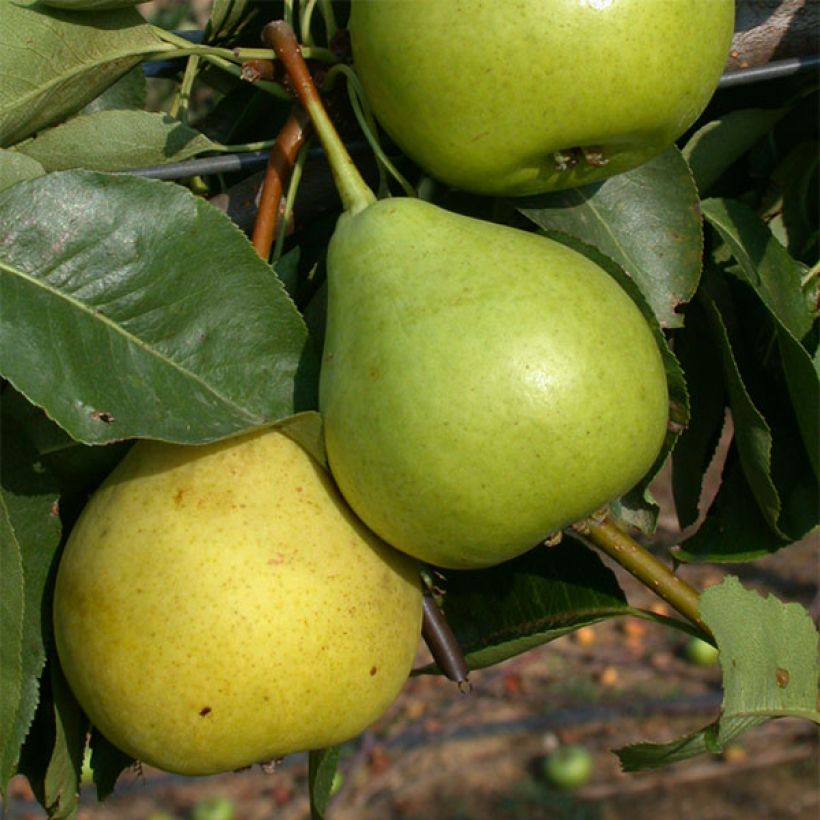

Plant habit
Fruit
Flowering
Foliage
Botanical data
Pyrus
communis
St Jean
Rosaceae
European Pear, Common Pear
Western Europe
Cognassier de Provence (Bare root - Scion, 7.5L/10L pot - Goblet)
Other Pear trees
Planting and care
Plant the St John's Pear Tree in a sunny location, in acidic or neutral soil, moist but not excessively so. Ensure good drainage in the planting hole with a thin layer of gravel. Dig a hole two to three weeks before planting, twice as wide and deep as the pot. On the day of planting, place the tree with its pot in a basin of water to moisten the root ball through capillary action. Add compost to the bottom of the hole. Place the tree in the hole and fill with a mixture of soil and compost. Do not bury the graft union. Firmly tamp down the soil around the base. The root ball should be completely covered. Water generously.
In winter, you can add a small handful of wood ash, which is rich in potash, to enhance fruiting.
Planting period
Intended location
Care
- , onOrder confirmed
Reply from on Promesse de fleurs
Ancient and local varieties
Haven't found what you were looking for?
Hardiness is the lowest winter temperature a plant can endure without suffering serious damage or even dying. However, hardiness is affected by location (a sheltered area, such as a patio), protection (winter cover) and soil type (hardiness is improved by well-drained soil).

Photo Sharing Terms & Conditions
In order to encourage gardeners to interact and share their experiences, Promesse de fleurs offers various media enabling content to be uploaded onto its Site - in particular via the ‘Photo sharing’ module.
The User agrees to refrain from:
- Posting any content that is illegal, prejudicial, insulting, racist, inciteful to hatred, revisionist, contrary to public decency, that infringes on privacy or on the privacy rights of third parties, in particular the publicity rights of persons and goods, intellectual property rights, or the right to privacy.
- Submitting content on behalf of a third party;
- Impersonate the identity of a third party and/or publish any personal information about a third party;
In general, the User undertakes to refrain from any unethical behaviour.
All Content (in particular text, comments, files, images, photos, videos, creative works, etc.), which may be subject to property or intellectual property rights, image or other private rights, shall remain the property of the User, subject to the limited rights granted by the terms of the licence granted by Promesse de fleurs as stated below. Users are at liberty to publish or not to publish such Content on the Site, notably via the ‘Photo Sharing’ facility, and accept that this Content shall be made public and freely accessible, notably on the Internet.
Users further acknowledge, undertake to have ,and guarantee that they hold all necessary rights and permissions to publish such material on the Site, in particular with regard to the legislation in force pertaining to any privacy, property, intellectual property, image, or contractual rights, or rights of any other nature. By publishing such Content on the Site, Users acknowledge accepting full liability as publishers of the Content within the meaning of the law, and grant Promesse de fleurs, free of charge, an inclusive, worldwide licence for the said Content for the entire duration of its publication, including all reproduction, representation, up/downloading, displaying, performing, transmission, and storage rights.
Users also grant permission for their name to be linked to the Content and accept that this link may not always be made available.
By engaging in posting material, Users consent to their Content becoming automatically accessible on the Internet, in particular on other sites and/or blogs and/or web pages of the Promesse de fleurs site, including in particular social pages and the Promesse de fleurs catalogue.
Users may secure the removal of entrusted content free of charge by issuing a simple request via our contact form.
The flowering period indicated on our website applies to countries and regions located in USDA zone 8 (France, the United Kingdom, Ireland, the Netherlands, etc.)
It will vary according to where you live:
- In zones 9 to 10 (Italy, Spain, Greece, etc.), flowering will occur about 2 to 4 weeks earlier.
- In zones 6 to 7 (Germany, Poland, Slovenia, and lower mountainous regions), flowering will be delayed by 2 to 3 weeks.
- In zone 5 (Central Europe, Scandinavia), blooming will be delayed by 3 to 5 weeks.
In temperate climates, pruning of spring-flowering shrubs (forsythia, spireas, etc.) should be done just after flowering.
Pruning of summer-flowering shrubs (Indian Lilac, Perovskia, etc.) can be done in winter or spring.
In cold regions as well as with frost-sensitive plants, avoid pruning too early when severe frosts may still occur.
The planting period indicated on our website applies to countries and regions located in USDA zone 8 (France, United Kingdom, Ireland, Netherlands).
It will vary according to where you live:
- In Mediterranean zones (Marseille, Madrid, Milan, etc.), autumn and winter are the best planting periods.
- In continental zones (Strasbourg, Munich, Vienna, etc.), delay planting by 2 to 3 weeks in spring and bring it forward by 2 to 4 weeks in autumn.
- In mountainous regions (the Alps, Pyrenees, Carpathians, etc.), it is best to plant in late spring (May-June) or late summer (August-September).
The harvesting period indicated on our website applies to countries and regions in USDA zone 8 (France, England, Ireland, the Netherlands).
In colder areas (Scandinavia, Poland, Austria...) fruit and vegetable harvests are likely to be delayed by 3-4 weeks.
In warmer areas (Italy, Spain, Greece, etc.), harvesting will probably take place earlier, depending on weather conditions.
The sowing periods indicated on our website apply to countries and regions within USDA Zone 8 (France, UK, Ireland, Netherlands).
In colder areas (Scandinavia, Poland, Austria...), delay any outdoor sowing by 3-4 weeks, or sow under glass.
In warmer climes (Italy, Spain, Greece, etc.), bring outdoor sowing forward by a few weeks.
